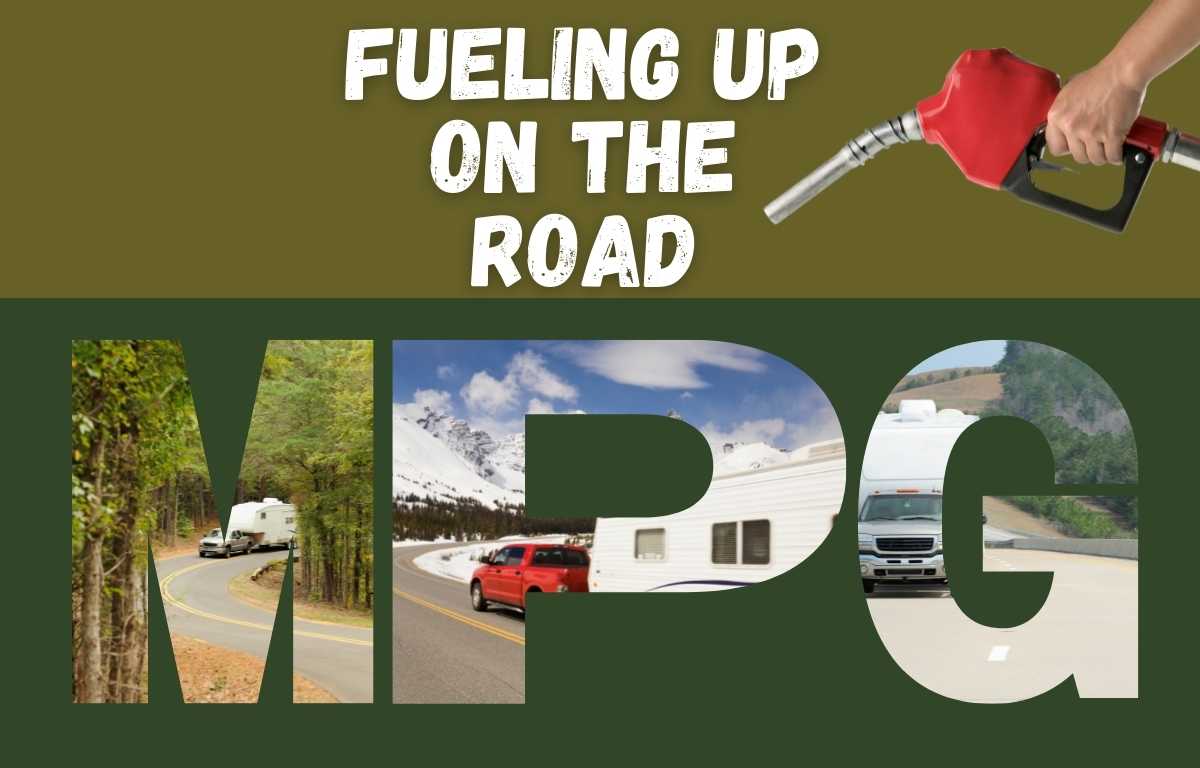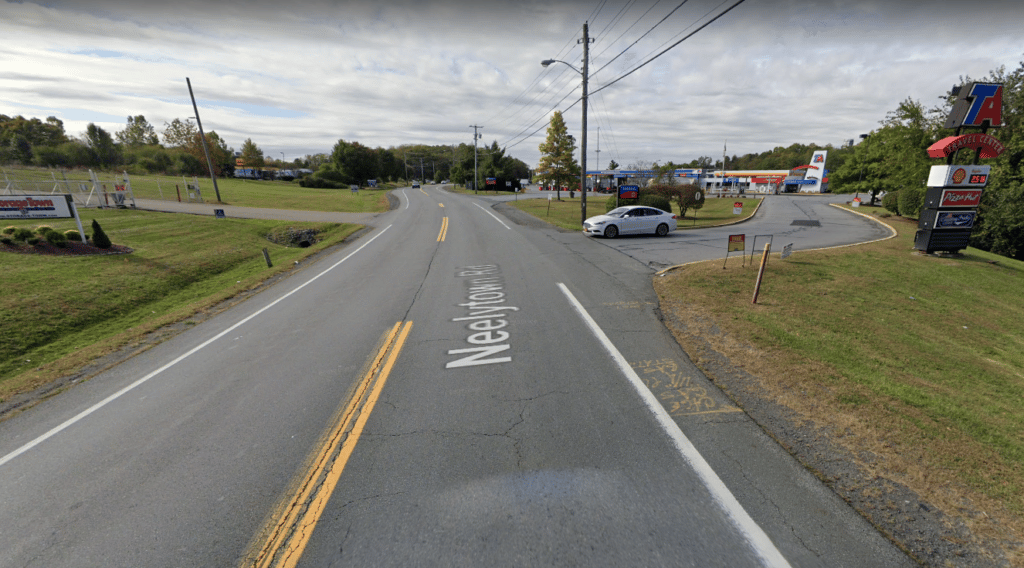One of the least thought-about but more stressful parts of traveling with your towable RV is stopping for fuel. Your best bet is to find an RV-friendly gas station. Pulling into a gas station unhitched is second nature to most of us. You follow the simple rule: Need gas; find a gas station; get gas. Now, strap on a 10,000 lb. 30 ft. trailer to your tow vehicle, and things just got interesting.

Fueling up doesn’t need to be stressful. There are simple steps that you can take to make it go smoothly. First and foremost, do some planning. If you’re like me, I start by trying to avoid getting gas while towing. Before I hook up, I fill up. I follow this rule at the start of the trip as well as when leaving the campground.
Plan Ahead

However, what do you do when you’re traveling further than your gas tank can handle? There are things that you will want to know about your rig before. For instance, how many gallons does your tow vehicle hold, and what is your MPG when pulling your trailer? Unless you’re new to towing an RV, you’ll know that your gas mileage pulling a camper is shockingly lower than you will get otherwise. Keep a record of your MPG and use that to determine how far you can travel on a full tank (depending on terrain)
Once you know your maximum distance, subtract about 20% from that as a safety net. The last thing you want to do is frantically search for a gas station. You should plan things and predetermine where you want to stop. Have a few options in mind if the station is closed. There are some great tools that you can use, but my favorite simple tool is Google Maps.
Tools of the Trade: Find an RV Friendly Gas Station
In Google Maps, you can plan out your trip from home to the campground and then drag the end destination point on the map backward (route in reverse) until you get to your mileage limit. Once you do that, see what RV-friendly gas stations are in the vicinity (preferably closer to home). This information will start to give you some of your fueling options.
What I typically do next is to turn on the satellite tab for the map and see what the station physically looks like from an aerial perspective. Is there enough room to easily pull into the station? Are the pumps spread out? Are there semi-trucks in the parking lot? If it looks promising, I open up the street view and pretend that I’m driving down the road. How comfortable would I be pulling into the station? This information will give you a down-and-dirty idea of whether this RV-friendly gas station could work for you. If I am not comfortable, I move on to the next one.


A rule of thumb is that your best bet for finding an RV-friendly gas station will be along major highways or in populated areas where semi-trucks typically travel. If you’re primarily traveling along an interstate, most exits will have suitable options for you. If it’s a toll road with dedicated service stations, you’re all set. Anywhere that services diesel rigs will most likely work for you and your RV.
Another good tool is the phone app Gas Buddy. This app is primarily used for finding the best gas prices, but it has a great feature that allows you to filter out stations for your fuel type, truck stops, and other features. Tuck Stops are a good criterion if maneuvering in and out is your top concern.
Tips for those “Oh No!” moments
However, the universe isn’t always so kind; you should prepare yourself for those times when planning doesn’t work. Maybe you missed your intended stop because you were rocking out to Leonard Skinner on the drive; perhaps the station burned down two days before. What if you need to get into a not-ideal gas station with your rig? Fear not; you can do this. Just follow a few key steps:
- Do not try to enter a small convenience store-type station with tight turns and no options to back up.
- Pull your rig over somewhere safe and search on Google Maps to see viable options down the road.
- Take it slow. If you find a less-than-ideal station, don’t rush. Take a deep breath; don’t worry about people watching or other cars beeping at you because they’re impatient.
- Have a spotter: Ask your co-pilot to get out of the vehicle and guide you, just as they may when pulling into a campsite.
- Don’t be afraid to ask others to give you a bit of space. They’ll happily oblige if the alternative is getting their car sideswiped.
- If all else fails and you’re out of options, remember that you can find a large lot, unhitch, and drive to get gas trailer-free.
I promise, with time, patience, and experience, this part of towing your RV will be less stressful. The first time doing anything in an RV is a learning experience. If you start with as much knowledge as you can gather, just take it slow; you will do fine.
If you’re new to RVing, check out our RV Essentials Guide
